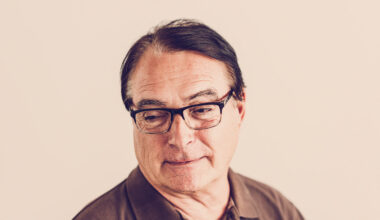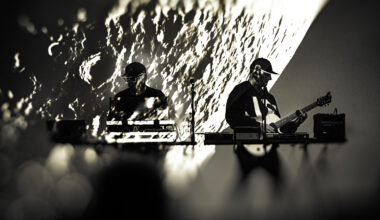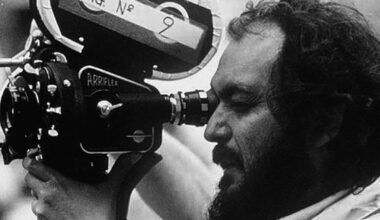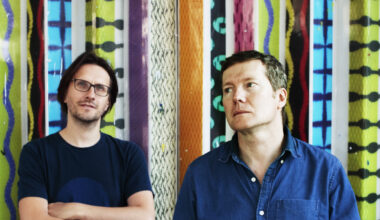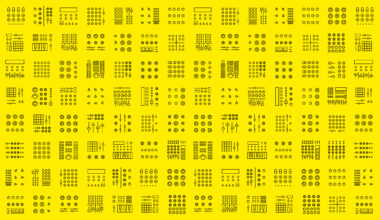In this extract from his new book ‘Babble On An’ Ting’, detailing Alex Paterson’s extraordinary life and work, Kris Needs talks to his long-time friend about the blurred boundaries of The Orb, the KLF and Space
Want to read more?
Sign up to Electronic Sound Premium to gain access to every post, video, special offers, and more. 100%, all you can eat, no commitment, cancel any time.
Already a premium member? Log in here

